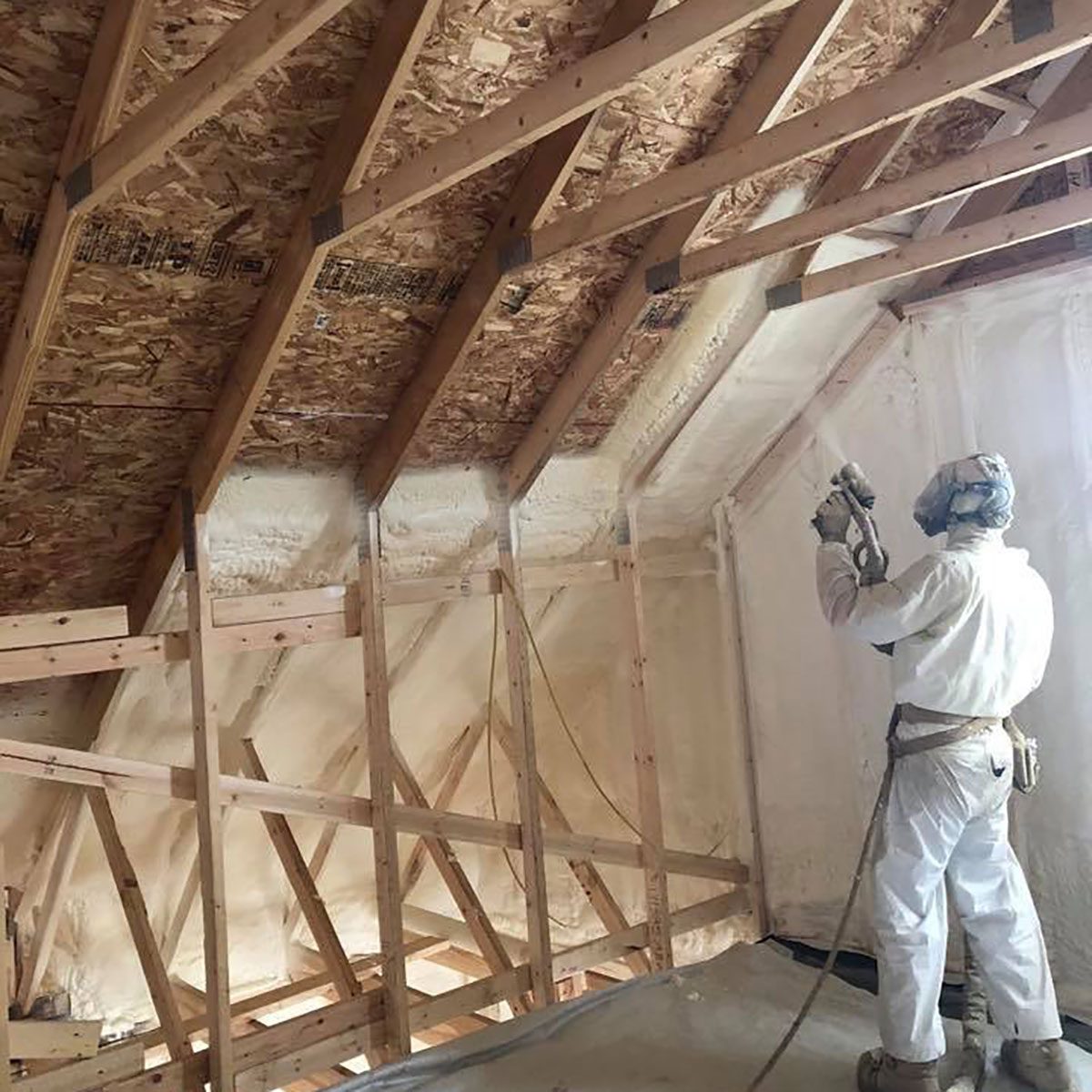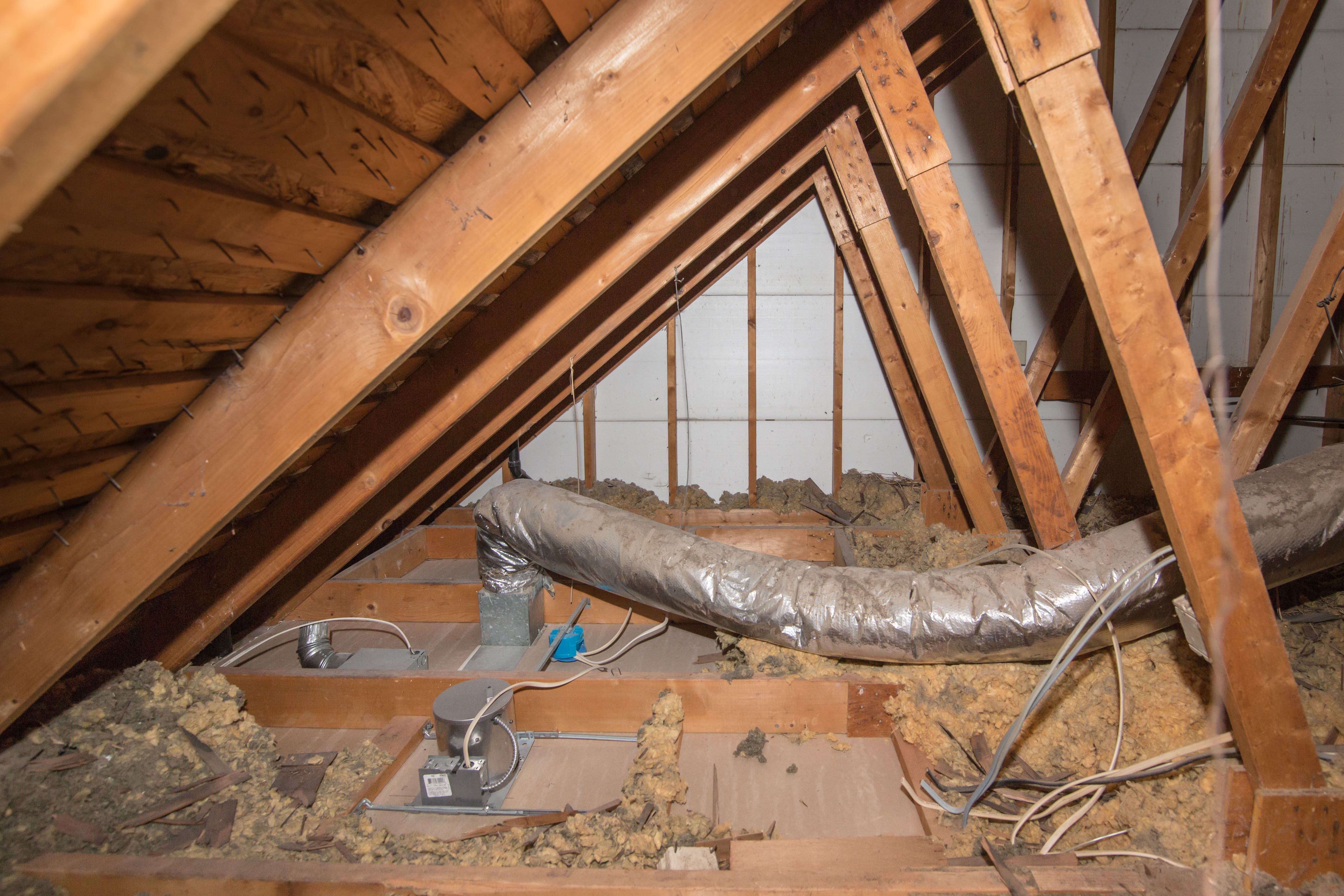Discover the Different Sorts Of Attic Insulation and Their Distinct Benefits for Your Home's Energy Effectiveness

Fiberglass Insulation
Fiberglass insulation is just one of one of the most typically made use of materials for attic insulation due to its superb thermal performance and cost-effectiveness. Made up of tiny glass fibers, this product successfully catches air, creating a shielding barrier that aids maintain consistent indoor temperature levels. Its high R-value per inch makes it especially reliable at resisting heat transfer, which is essential for power conservation in homes.
Setup of fiberglass insulation is fairly simple, usually offered in batts or loose-fill kinds, suiting different attic room setups. In addition, it is immune and non-combustible to wetness, lowering the risk of mold development. This longevity adds to its durability, making fiberglass a viable long-term investment for homeowners.
Additionally, fiberglass insulation is frequently manufactured from recycled materials, which enhances its eco-friendliness. The material can also contribute to soundproofing, decreasing sound transfer between areas. While it is essential to wear safety gear throughout setup to prevent irritability from the fibers, the overall advantages of fiberglass insulation, consisting of power cost savings and ecological considerations, make it a preferred option for boosting attic room performance and promoting a comfortable living environment.
Spray Foam Insulation
Spray foam insulation is a very reliable choice for attic insulation, recognized for its premium air securing and thermal efficiency. This cutting-edge insulation product is composed of a mixture of isocyanate and polyol material, which, when incorporated, increases quickly to fill up voids and dental caries in the attic room area. Its capability to follow numerous surface areas guarantees a continuous obstacle against air leaks, dramatically minimizing warm loss during cooler months and heat gain throughout warmer periods.
One of the vital benefits of spray foam insulation is its high R-value per inch, which means it offers excellent thermal resistance in a fairly thin application. This is especially helpful in attic rooms where space is often minimal. Furthermore, spray foam can aid lessen moisture build-up, lowering the threat of mold and mildew and mildew development, which can be damaging to both the structure and interior air high quality.
While the first expense of spray foam insulation may be more than traditional choices, its long-term power savings, combined with raised convenience and improved home value, make it a rewarding investment for homeowners looking for boosted energy effectiveness. Attic Insulation DFW. Overall, spray foam insulation attracts attention as an effective option for enhancing attic room insulation
Cellulose Insulation

Cellulose insulation is a popular choice for attic room insulation, mostly composed of recycled paper items treated with fire resistants. This ecologically friendly choice is understood for its exceptional thermal performance, properly decreasing warm transfer in both summer season and winter season months. The thick structure of cellulose permits it to load voids and voids in attic room spaces, providing a smooth barrier versus air leaks.
Among the considerable benefits of cellulose insulation is its capability to stand up to mold and parasites, owing to the fire retardant therapies used throughout manufacturing. In addition, it boasts a high R-value per inch, which equates right into superior energy performance. House owners can anticipate lower heating & cooling expenses as a result of boosted insulation.
Setup is typically achieved via blowing loosened cellulose right into the desired area, enabling a fast and reliable procedure. This method additionally minimizes disruption to the existing structure. click this site Cellulose insulation has a fairly low ecological influence, as its manufacturing procedure utilizes recycled materials, adding to lasting structure methods.
Rock Wool Insulation
Among the different alternatives for attic insulation, rock wool, also called mineral wool, attracts attention due to its remarkable thermal and acoustic efficiency. Made from all-natural or recycled products, rock woollen is produced by melting rock and rotating it into fibers, resulting in an item that offers outstanding insulation properties.
One of the significant advantages of rock wool insulation is its high R-value, which indicates its effectiveness in standing up to warmth circulation. This particular not just improves energy efficiency but also adds to keeping a comfy indoor temperature year-round. In addition, rock wool is inherently fire-resistant, making it a more secure alternative for homes as it can endure high temperature levels without melting or releasing hazardous fumes.
In addition, rock wool insulation masters soundproofing capacities, successfully lowering sound transmission between rooms and from outdoors sources. This makes it an ideal choice for home owners seeking a tranquil living atmosphere. Rock woollen is moisture-resistant, assisting to prevent mold and mildew development and preserving the architectural stability of the attic room area. In general, rock woollen insulation offers an extensive solution for enhancing energy efficiency, safety, and comfort in property settings.
Radiant Barrier Insulation
Radiant barrier insulation offers as an efficient remedy for reducing warm transfer in attic rooms, particularly in warmer climates. This kind of insulation works by mirroring induction heat away from living rooms, therefore reducing the amount of warm that goes into a home throughout hot weather condition - Attic Insulation DFW. Generally composed of a highly reflective material, such as aluminum foil, radiant barriers are installed in attics, dealing with the roof covering, where they can obstruct inbound warm from the sunlight
The main benefit of radiant obstacle insulation is its capability to lower air conditioning costs. By showing warm as opposed to absorbing it, radiant barriers can help maintain an extra stable indoor temperature, decreasing the workload on air conditioning systems. This efficiency translates right into reduced energy bills and enhanced comfort for house owners.
In addition to power cost savings, radiant barriers can additionally add to improved interior air quality. By decreasing heat buildup, they help decrease humidity levels, which can prevent mold and mildew growth and enhance general air flow. When set up correctly, glowing barrier insulation can be a very useful enhancement to any type of energy-efficient home, making it a deserving factor to consider for house owners seeking to boost their attic room insulation technique.
Conclusion
Finally, understanding the numerous types of attic room insulation-- fiberglass, spray foam, cellulose, rock wool, and glowing obstacles-- allows property owners to make educated choices relating to power performance. Each insulation type presents distinct benefits, such as superior thermal resistance, moisture administration, and sound attenuation. By choosing the ideal insulation product, considerable go reductions in power expenses can be achieved, in addition to enhancements in interior convenience. Inevitably, the ideal option contributes to a more sustainable living atmosphere and promotes overall energy preservation.

In conclusion, comprehending the different types of attic insulation-- fiberglass, spray foam, cellulose, rock wool, and radiant barriers-- enables homeowners to make informed choices relating to power performance.